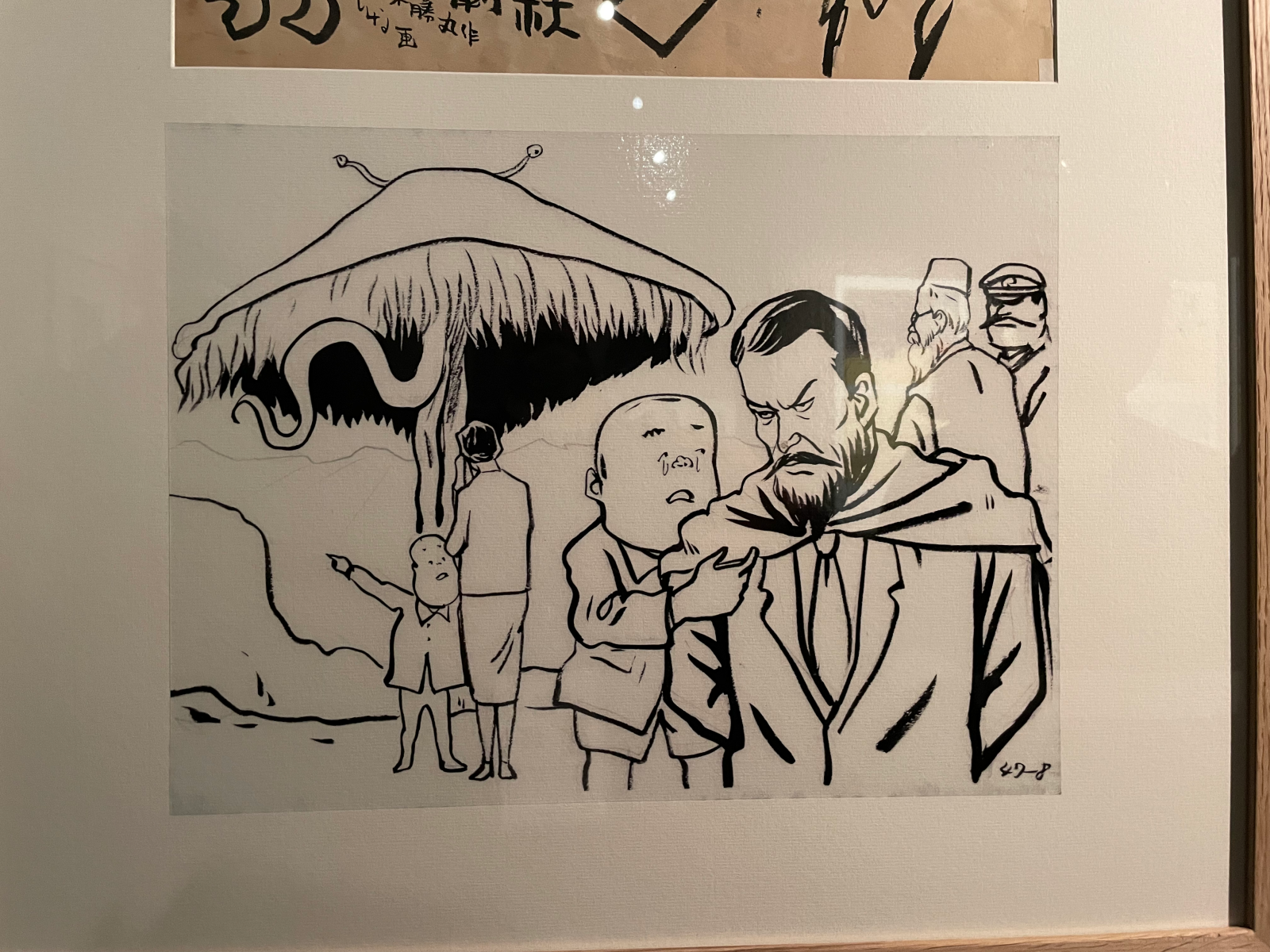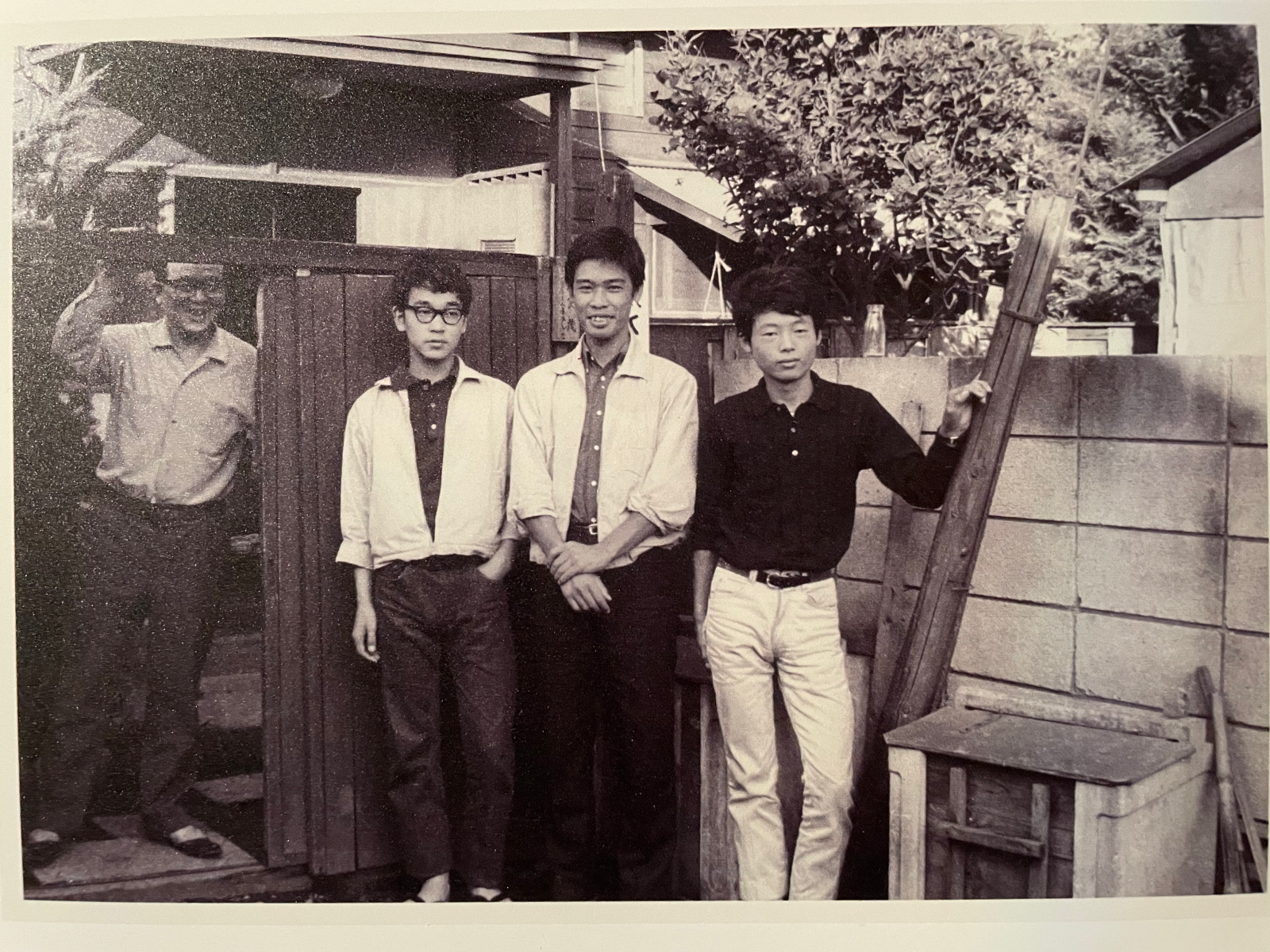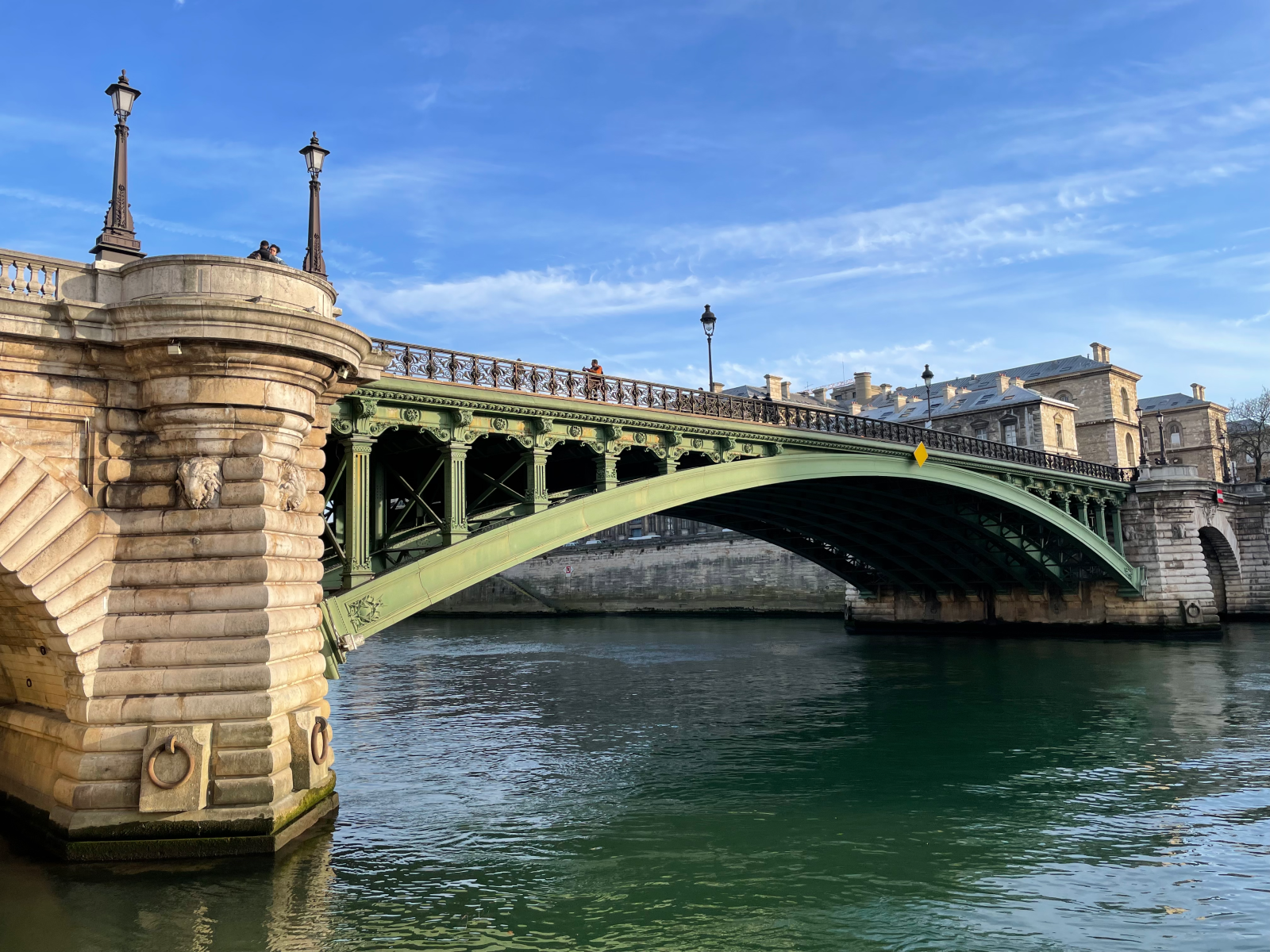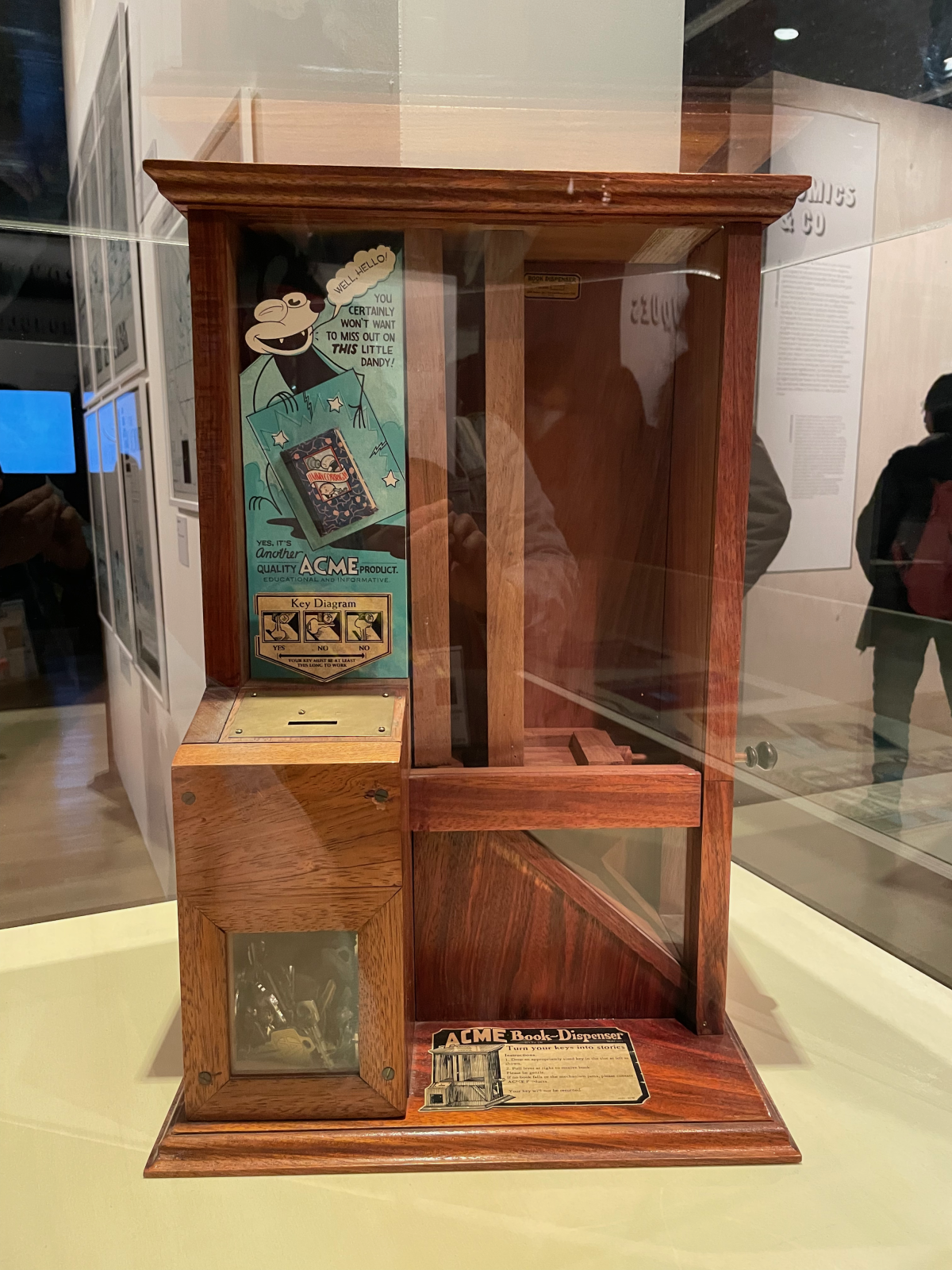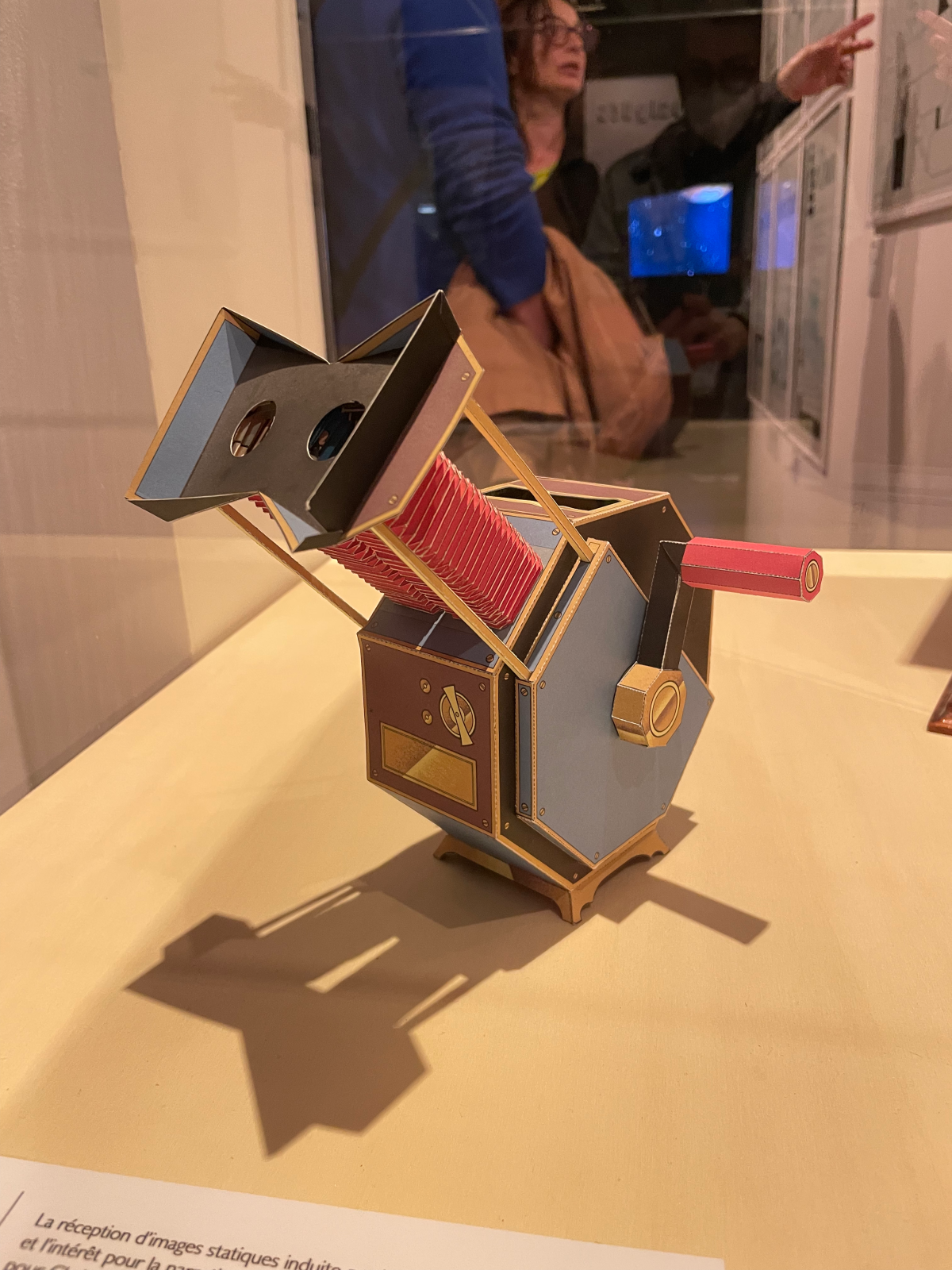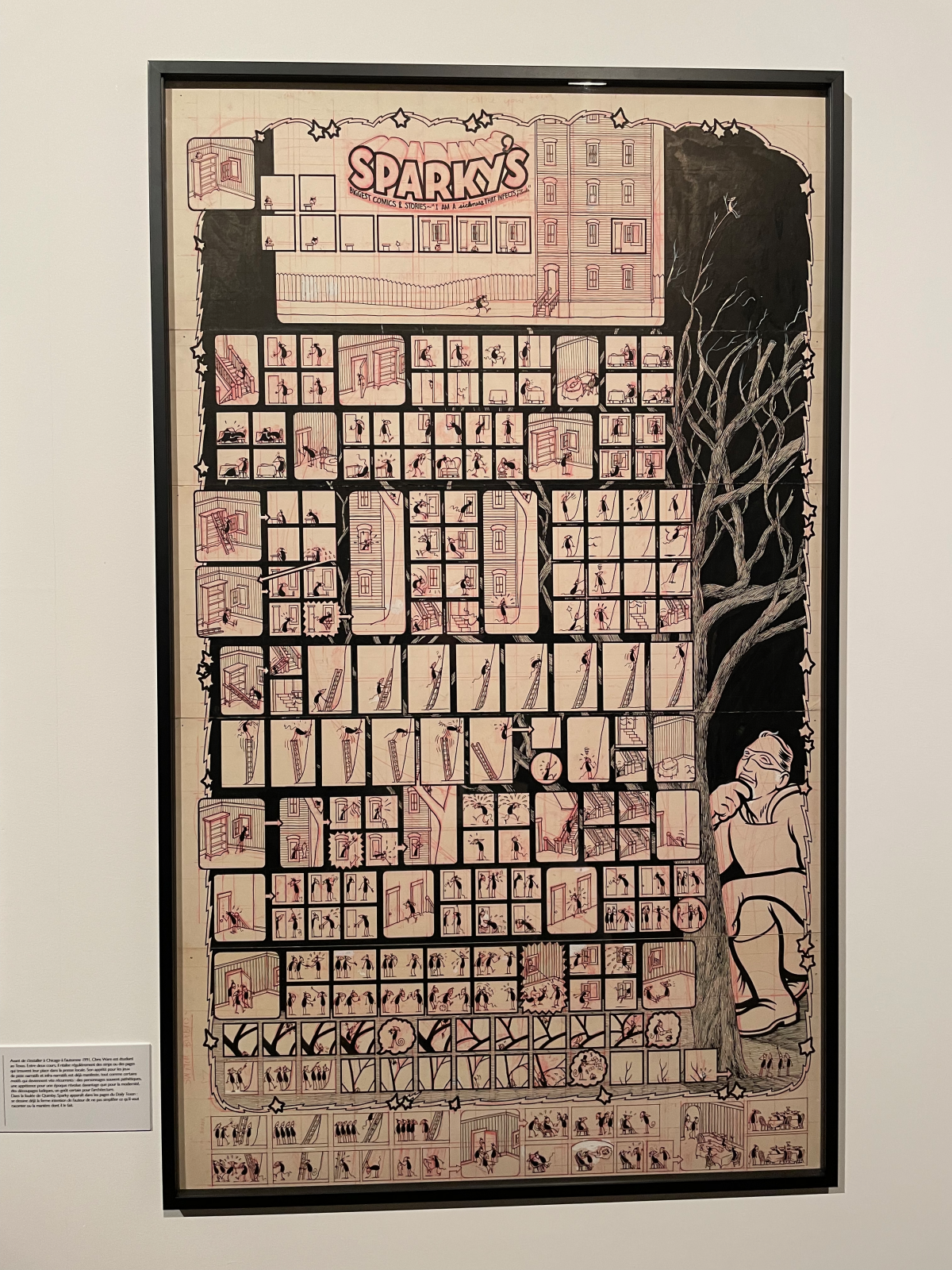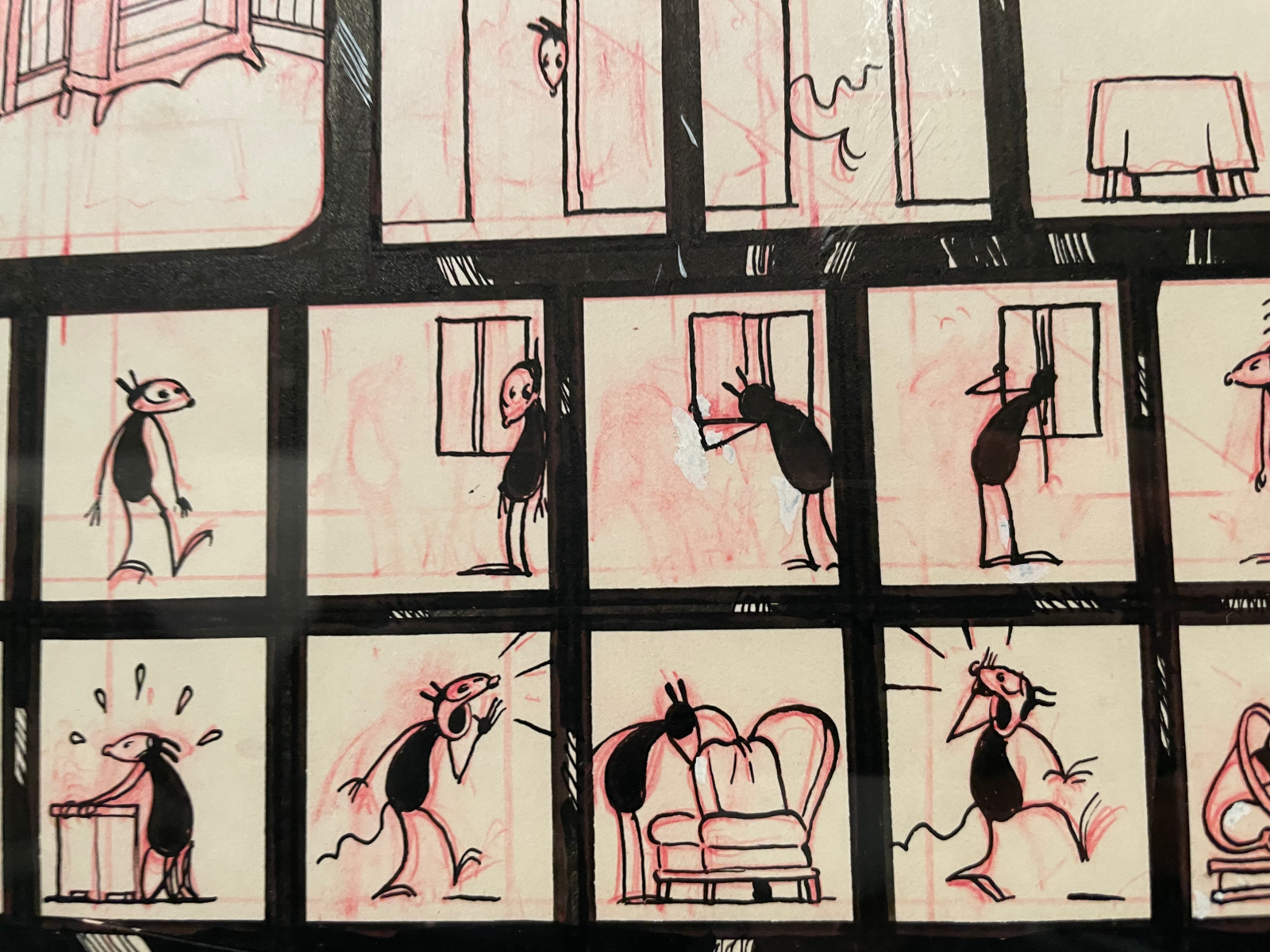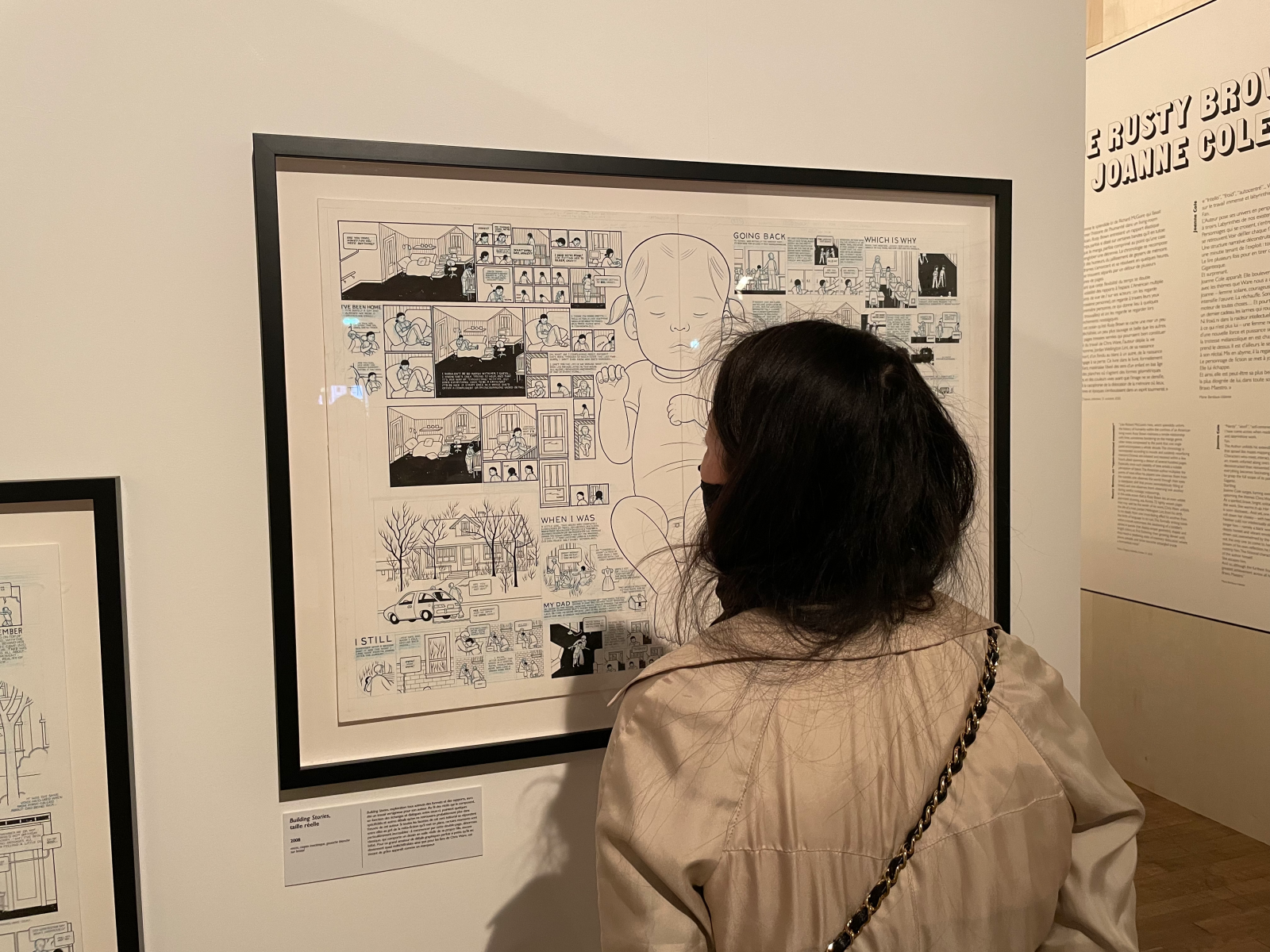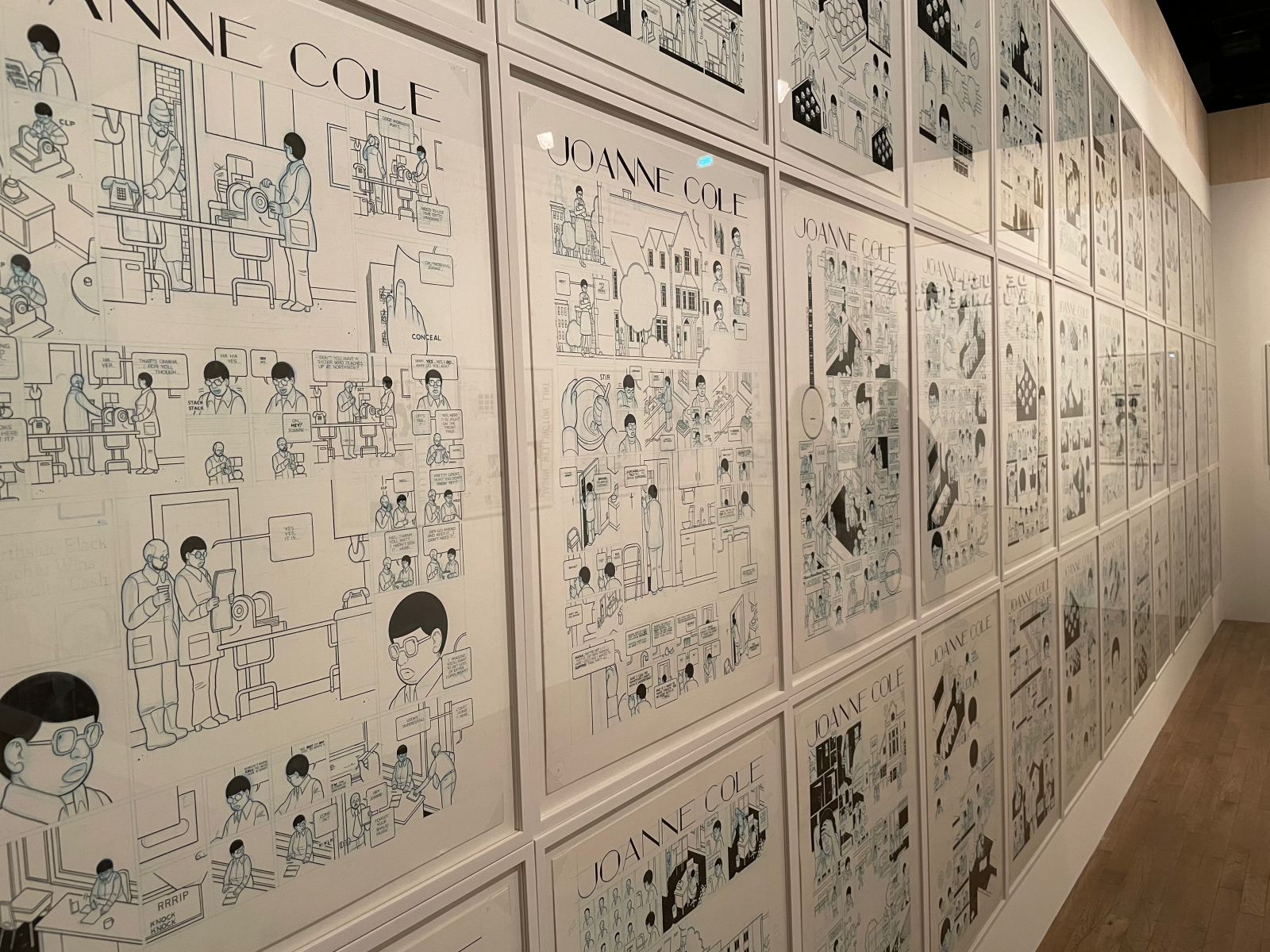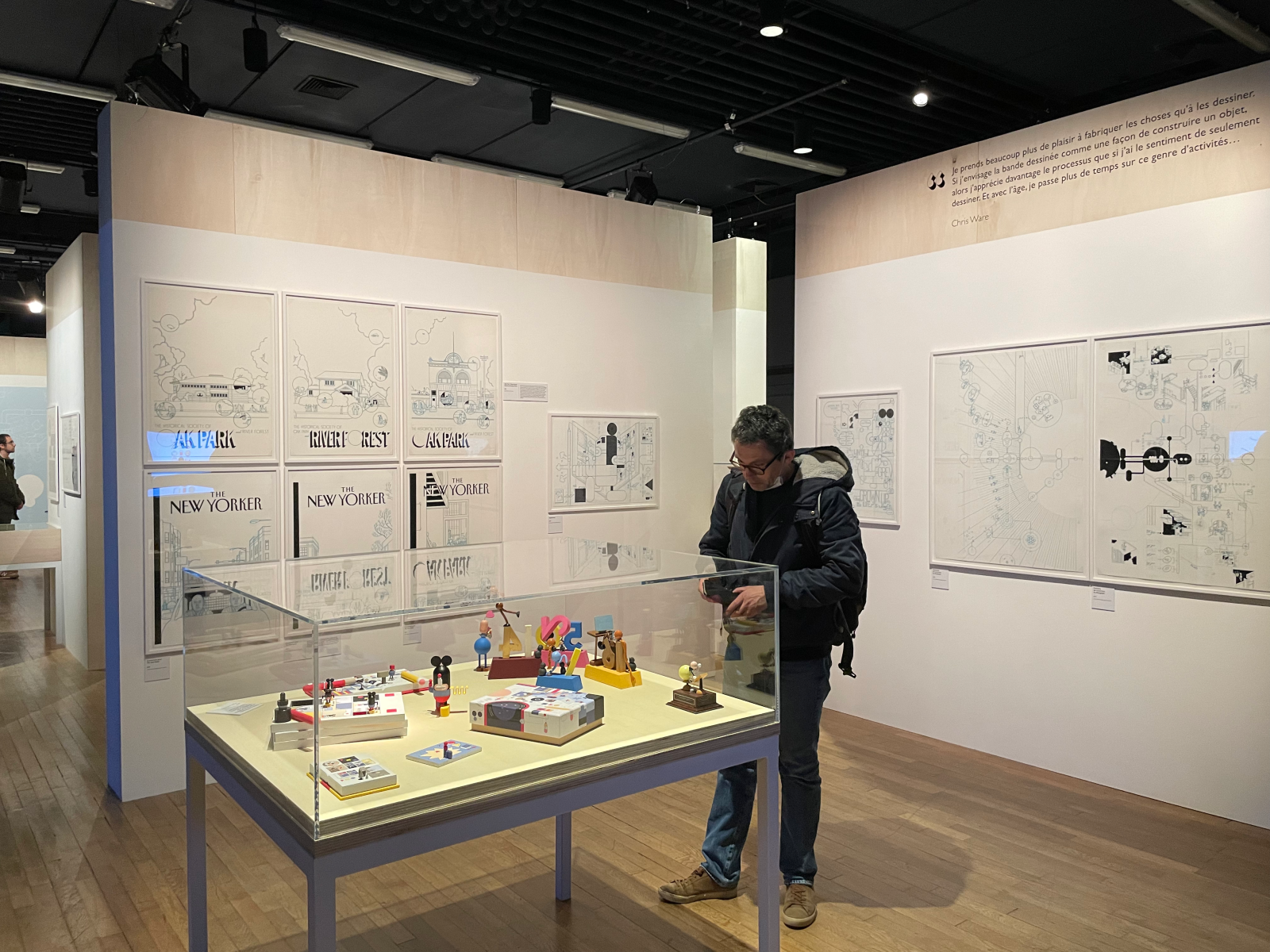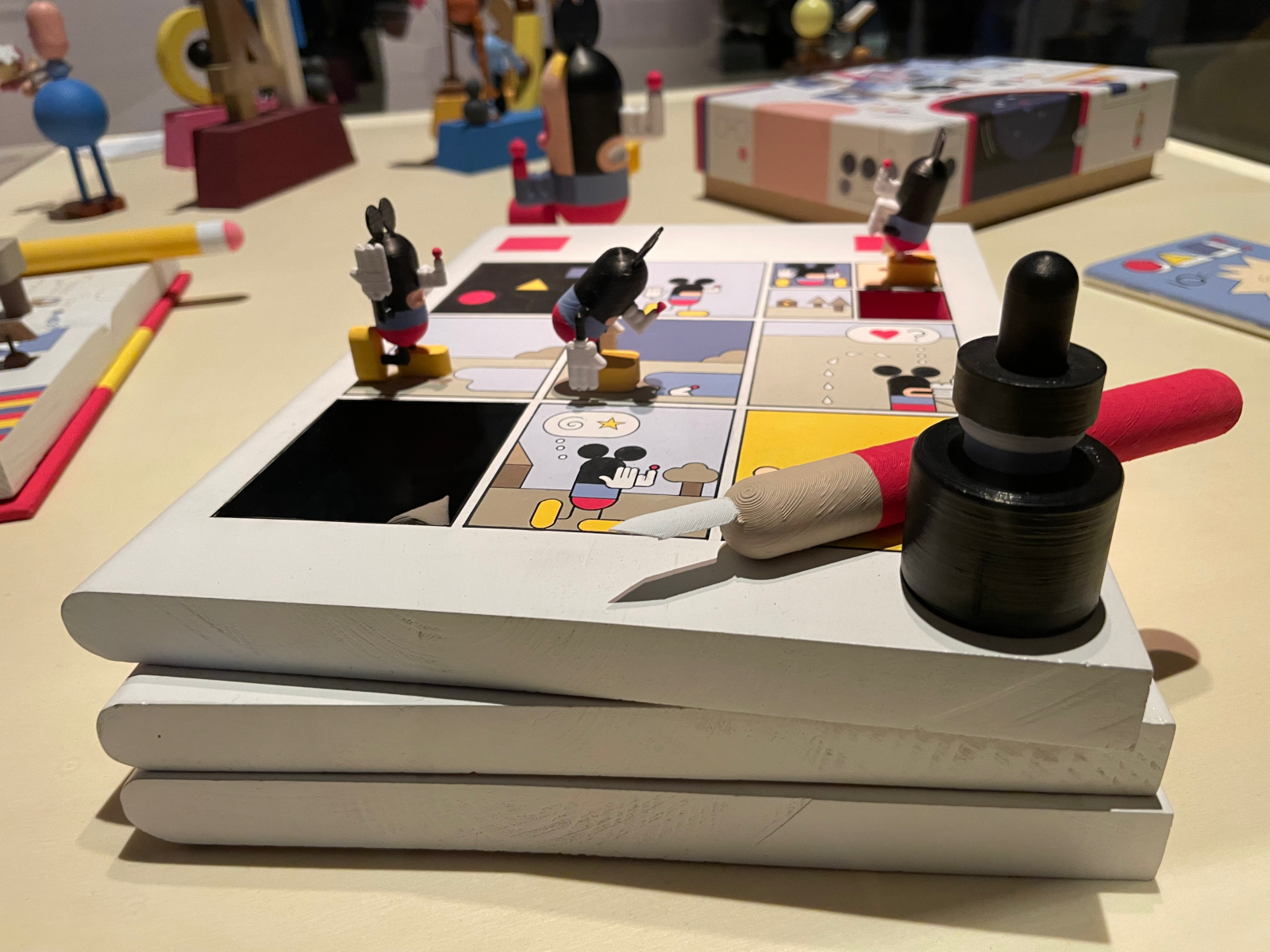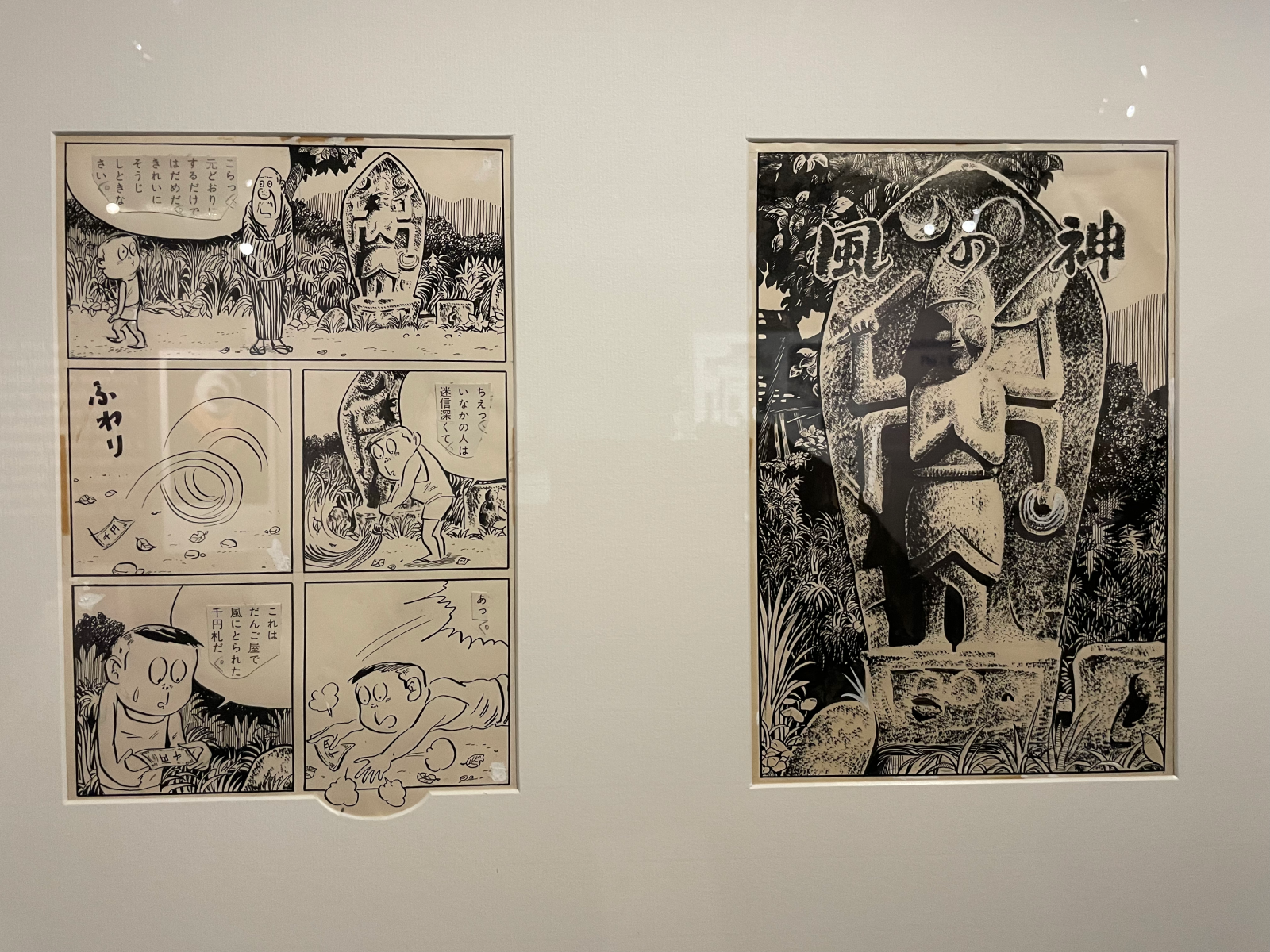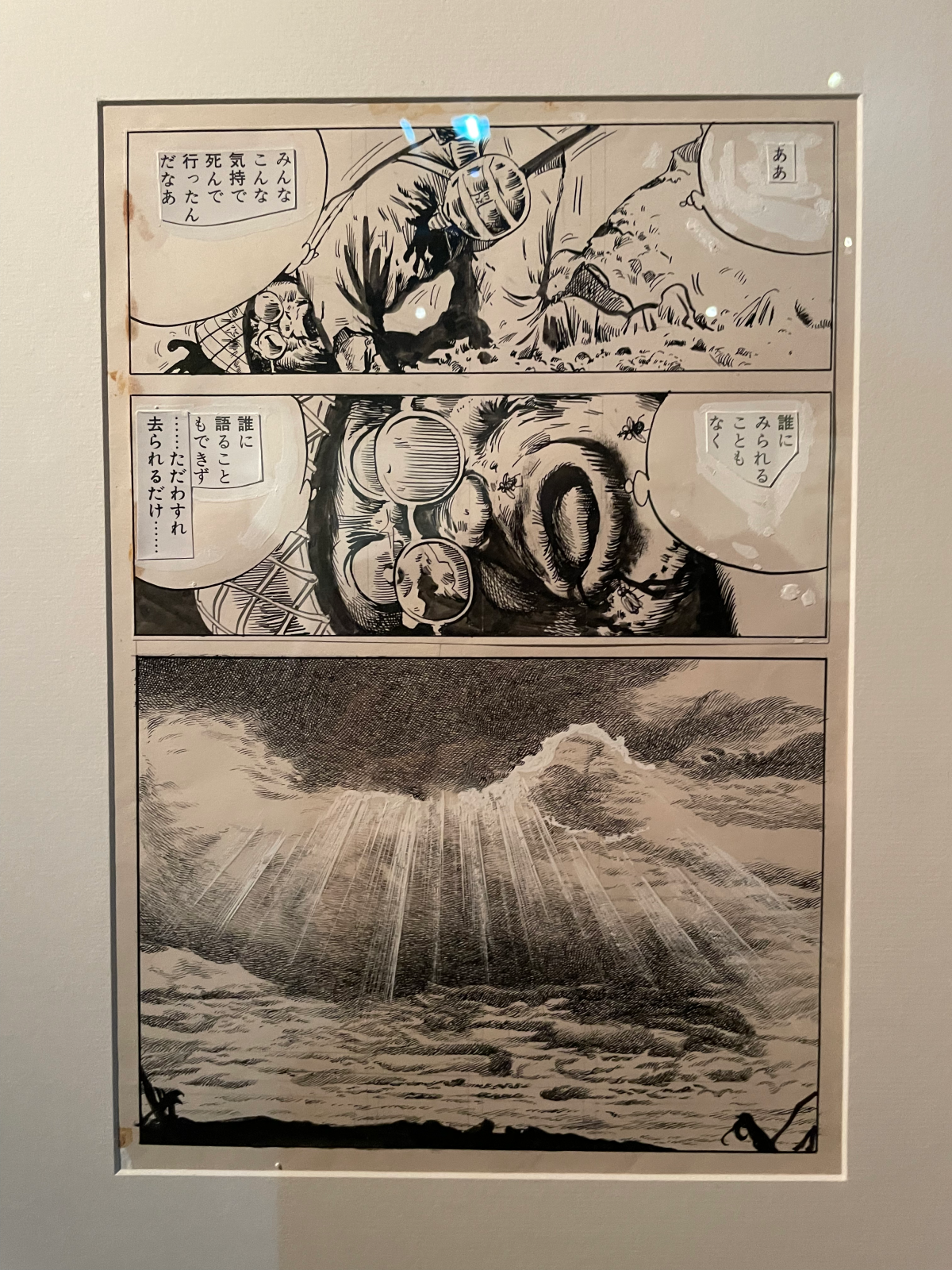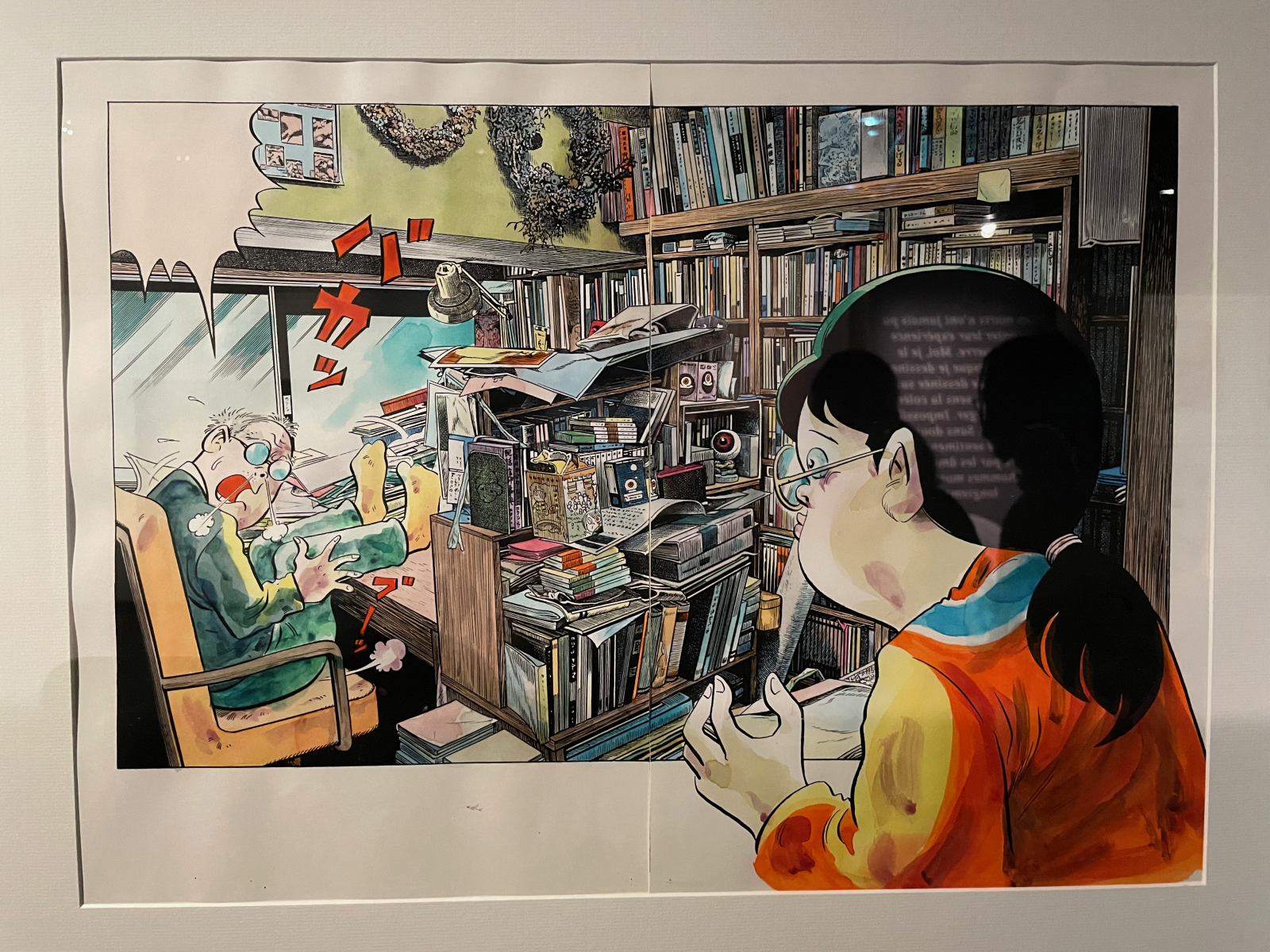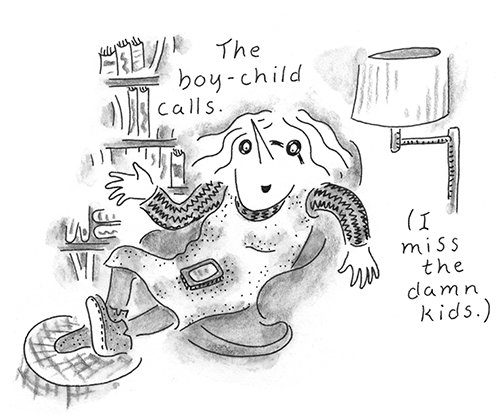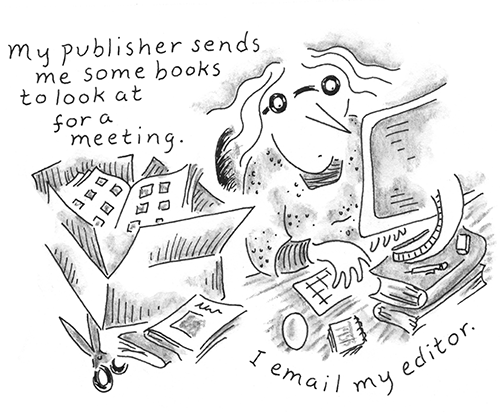The 49th Angoulême International Comics Festival was held from March 17 through March 20, 2022, decked out with all manner of exhibitions, sideshows and gatherings. Among the attendees was Bill Kartalopoulos, the educator, curator, programming director of the recently returned MoCCA Arts Festival and former series editor of The Best American Comics. What follows is a photo tour of his travels through Paris and Angoulême around the time of the show. All of the photographs were taken by Bill Kartalopoulos. Click any image to enlarge.
-The Editors
* * *
Shortly before COVID-19 became a global pandemic I traveled to France for the Festival International de la Bande Dessinée in Angoulême. This was my seventh visit to the Festival and it was a short trip, spanning the last days of January and the first days of February 2020. I was aware enough of COVID at the time to get a precautionary flu shot before my departure (for all the good it might have done me), but remained hopeful that “the coronavirus” would remain a localized phenomenon elsewhere in the world. Little did I know. Several weeks later, on March 13, I dismissed my graphic novel students at Parsons, not knowing if we would reconvene after the upcoming spring break. I didn’t enter a classroom again until late August, 2021. I didn’t travel internationally until March 2022, returning to France to enjoy the much-delayed return of the Festival in Angoulême.
The last Festival was supposed to be something of a starting point for “BD 2020”, designated by the French government as a year of committed programs and resources to promote comics as part of cultural life. Plans included additional public funds to be granted to a number of French comics festivals—none of which would take place that year. Even a rebrand as “BD 20>21” proved to be overly optimistic, and the 2022 Festival International de la Bande Dessinée in Angoulême was postponed from its original dates in the face of the Omicron surge (or was it the Delta?). But finally, this past March, Angoulême opened its doors to the comics industry and became the site of many happy reunions.


I began my trip with three days in Paris, revisiting people and places that I have missed very much for the past two years. I stopped by many bookstores and made up for lost time as only a true freak can, picking up new releases, books published during the past two years, books I should've grabbed last time, and out-of-print treasures. My time in Paris was limited, but I was fortunate enough to attend the Tuesday, March 15 opening for Chris Ware’s exhibit at the Galerie Martel, the longstanding comics-associated gallery run by Rina Zavagli. In addition to several impressive original pages, the exhibit featured a miscellany of work including New Yorker covers and artwork produced for Ware’s occasional animated projects. This collection of assorted art-for-sale functioned sufficiently as an appetizer for the retrospective opening in Angoulême the following day, where Ware would be the guest of honor as the winner of the 2020 Grand Prix.

When I arrived in Angoulême on Thursday the 17th, the Festival was already well underway. The biggest news already circulating was that Julie Doucet had won the Festival’s Grand Prix award, announced Wednesday night at the Hôtel de Ville. This year’s finalists were already notable as a group of three women, including Catherine Meurisse and Penelope Bagieu, and Doucet was only the third woman to have ever won the Grand Prix. Doucet’s win was, to me, a happy surprise, since the other finalists were–until now–more widely known within French culture. The prize came on the heels of L’Association’s publication of the Dirty Plotte collection Maxiplotte, an elegant single volume edited and designed by L’Asso co-founder Jean-Christophe Menu. Doucet was present at the Festival and seemed, every time I crossed her path, both overwhelmed and delighted. I’m already looking forward to next year’s retrospective exhibit.

The Fauve d’Or—the prize for best book—went to Écoute, jolie Márcia by Brazilian artist Marcello Quintanilha. The book is sharp and interesting-looking, and the award prompted an outpouring of good feeling on behalf of publisher Serge Ewenczyk, whose Éditions çà et là exclusively publishes works in translation. Serge is known to all as a kind and energetic publisher who embodies strong professional ethics (a model of transparency, he publishes his annual sales figures online). In France, where a prize can significantly affect sales, Serge’s peers in publishing expressed only pleasure at his success. I note as well that a new French edition of the late Howard Cruse’s Stuck Rubber Baby (Casterman) won the patrimonial prize this year. As with Doucet’s prize, it is somewhat poignant to see this recognition granted to artists who remain under-recognized in their own countries.
Nevertheless, the overwhelming vibe of this year’s Festival was good feelings. Everyone was happy to be back, and everyone was happy to be together again. After hours, especially, the Festival felt very much like a family reunion as many of us reconnected with people who we hadn’t seen in literally years. More than usual, the simple fact of once again being in Angoulême reinforced some kind of odd group identity: however much there might be to complain about the Festival in any given year, we are the kind of people who go to this show, god help us. And now we were back together. Of course, as conversations deepened over the span of several nights, all was not conviviality and light. People have suffered these past two years. I heard about many professional and personal relationships that had broken down during the pandemic, and the scars of recent pain are not too far beneath the surface for many of us. But this shared experience of pain in isolation seemed to make everyone that much more appreciative of the precious joy of togetherness. Chill, good times and companionship were very high on the agenda all weekend. Despite all the hectic activity, nobody seemed too stressed about anything.
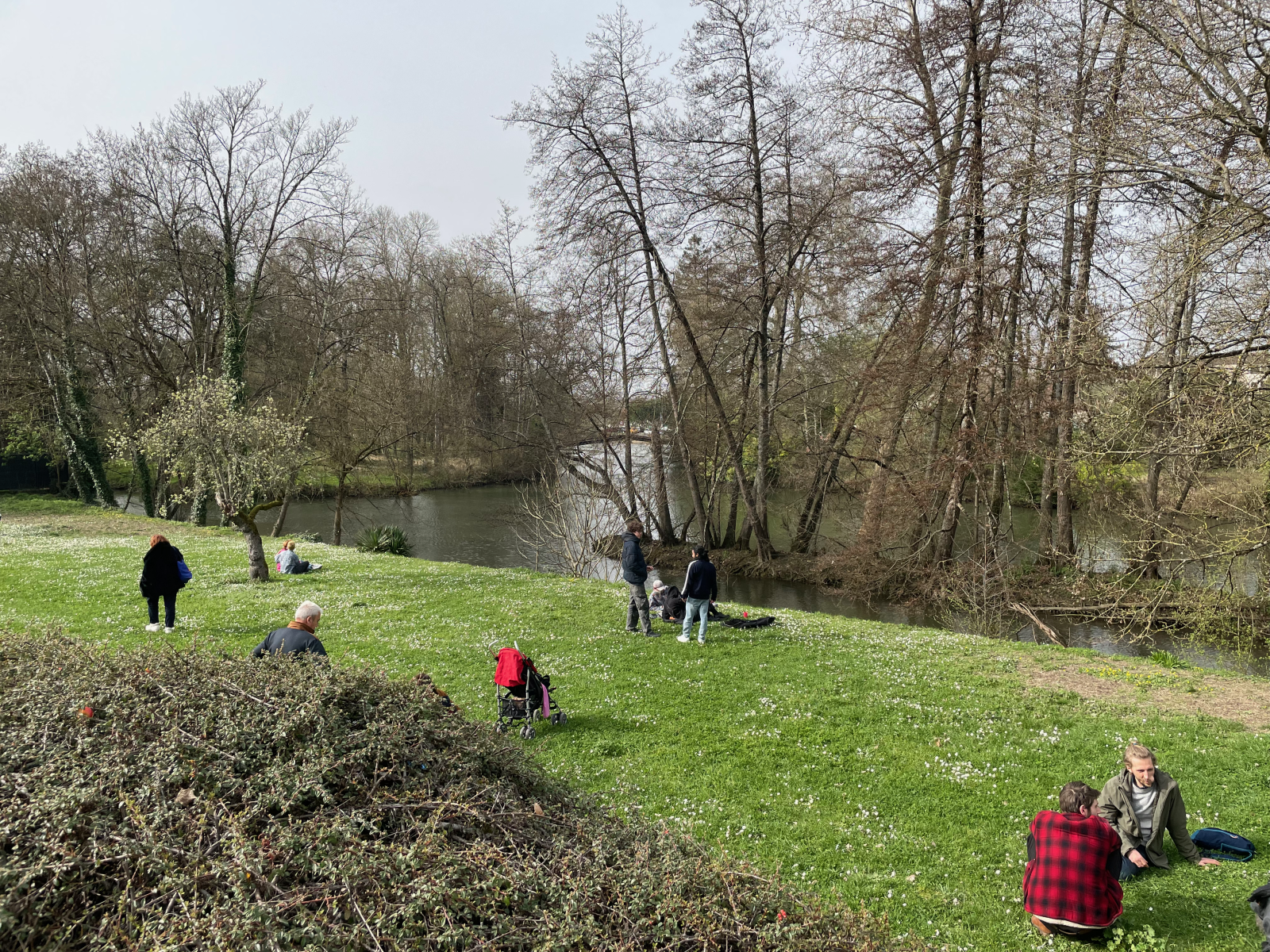
Another mood-lifter was the weather. Delaying the event from late January to March completely transformed the experience of being in Angoulême. The FIBD is a town-wide Festival that requires constant movement from one space to another. Typically, the Festival is characterized by chilly, damp weather and has at times been downright unpleasant (in 2020, the first pair of shoes I wore got soaked through and spent the rest of the Festival drying out in my Airbnb, stuffed with newspaper). This year’s mild, spring-like temperature matched and supported the mood of the exhibitors and attendees. The Festival was thoroughly pleasant to navigate and many expressed hope that Festival organizers would maintain the spring dates moving forward (despite being uncomfortably close on the calendar to some other important spring festivals). The benefits were nowhere more in evidence than at the Spin-Off, the officially-recognized-but-independently-organized small press festival located in a hangar-like building on the banks of the Charente River, near the Musée de Papier.
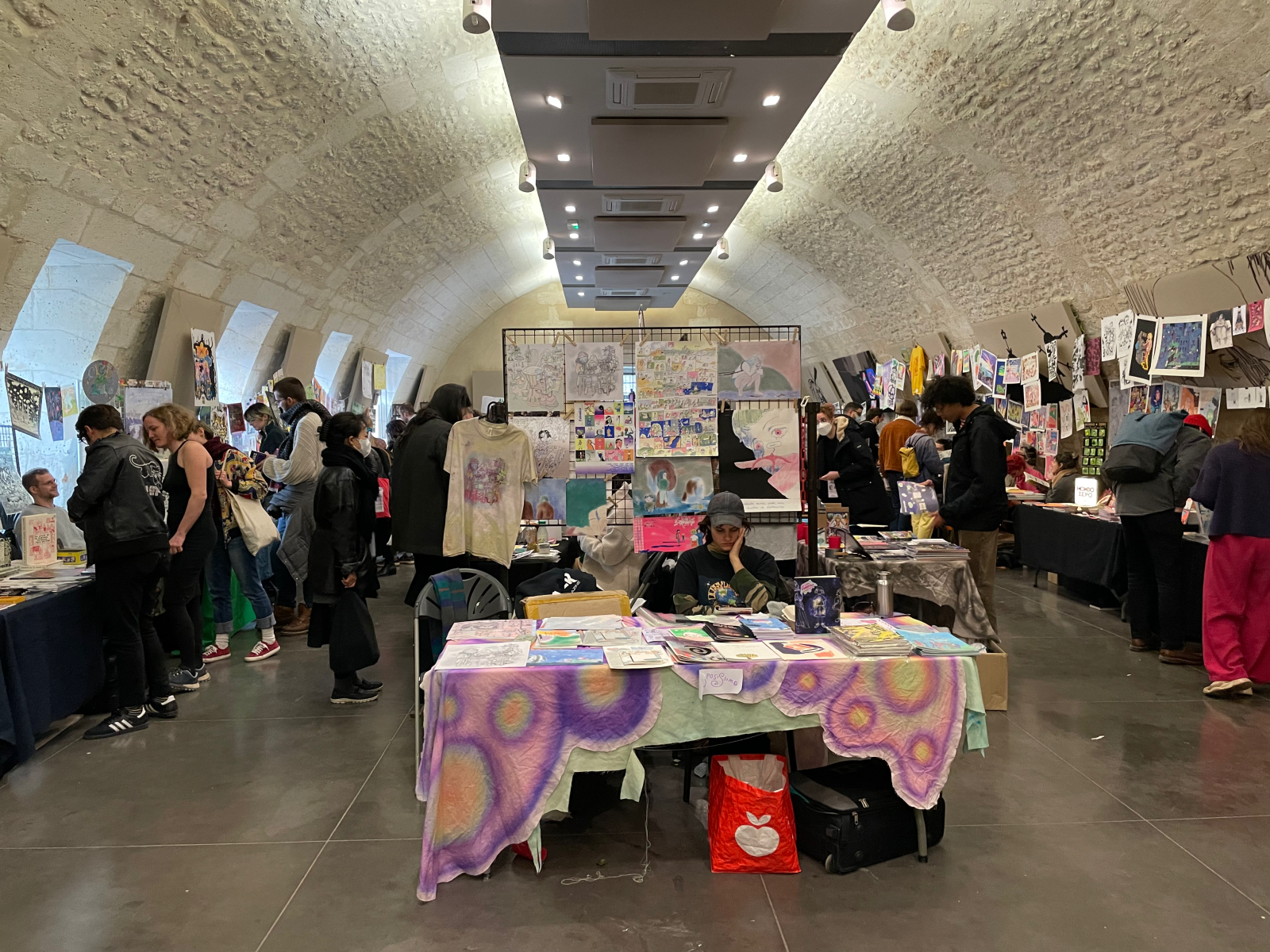
Inside, as usual, were countless gorgeous small press works by publishers including Superstructure and Éditions Matière, artists including Sammy Stein and Margaux Duseigneur, and countless collectives including Exposissimo, who curated an art show and organized what I’m told was an excellent performance at the opening night party. I made it to the closing party, and while I missed the Smurf piñatas I did manage to get my hands on some of the disgorged candy while listening to the synthetic sounds of DJ Startup.

Social un-distancing was very much the order of the day, emotionally and physically. I was aware going into the Festival that France no longer required masks indoors, but during my time in Paris I voluntarily wore a mask in most indoor settings. I had assumed that, given the typically crowded nature of the indoor environments in Angoulême, the Festival would require masks in indoor spaces. It did not. Not only that, but almost no one–attendees and exhibitors alike–wore a mask voluntarily. As a friend who recently returned from a visit to unmasked England observed, we are doomed to be social animals who go with the flow, and as it turns out, dear reader, so am I. Except for some brief periods when the crowds got too close for comfort and I slipped my mask out of my pocket, I too joined the bare-faced parade under the only circumstances my comics-addled brain can apparently justify as overcoming the imminent fear of death.

I threw caution most forcefully to the winds the night I went to the Magic Mirror, a carousel-shaped bar and nightclub located inside the stone walls of the Hôtel de Ville. In fact, I wasn’t supposed to be there at all, as attendance that night was reserved for authors. But Dominique Goblet, who clearly has a deep history of juvenile delinquency, helped me and some poorly-credentialed others scam our way in. The warm exhalations of the packed crowed mingled with the sweat steaming off of bodies dancing as only comics professionals can to form a fine, visible mist in the air that refracted the multicolored lights bouncing off of the club’s disco ball. Whatever was in that fine, misty soup, we all drank it in and I heedlessly danced until closing time with Dominique, Caroline Sury, Thierry Van Hasselt and other estimable companions of the night. I finally exited the carnivalesque boîte with my shirt soaked through at 2:00 AM. Whatever three shots of Pfizer had to offer, I had just put most forcefully to the test. Days later, back in the US, I heard numerous reports of exhibitors testing positive for COVID-19 after the Festival, some of whom found themselves stranded in France for an extra week until they tested negative and were cleared for international travel. According to the grapevine, one night at the Magic Mirror the DJ had been COVID-positive and had infected many of the revelers. All I can say is that I am very fortunate to have caught DJ Negative’s set and to have missed DJ Positive’s.

While at the Festival I heard that attendance was down overall compared to previous years, which is to be expected. In my anecdotal experience visiting independent publishers in the Nouveau Monde tents, there were moments in which the space seemed more sparsely populated than I might have otherwise expected. But just as often–especially on the weekend–it was as packed as any other year. Publishers I spoke to all seemed to indicate that they were doing well in terms of sales. But to be honest, business hardly seemed to be the first, second, or even the third thing on anyone’s mind. Everyone was happy to be back and to be together. The assembled group was totally unfazed by the temporary closure of usual hangout Le Chat Noir, which–in a colossal monument to bad timing–was undergoing renovation during the Festival (possibly due to new management?). We adopted instead the nearby, much smaller, but very friendly Souris Verte; the gentle weather made it much easier for us to spend our nights spilled out onto the cobblestones.

The one Festival-specific feature that attracted great comment was the selection of exhibitions. This was the first Festival following the departure of former creative director Stéphane Beaujean, now editing books at Dupuis. The creative direction was now in the hands of comics journalist Sonia Déchamps, with Fausto Fasulo handling matters relating to Asian comics. Beaujean had established an exceptionally high standard for exhibitions that were thorough, attractively designed, and scholarly while remaining accessible to the public. Fortunately the Festival maintained strong continuity with previous editions in this regard. The Chris Ware exhibit, Building Chris Ware, was a career retrospective that included work Ware produced as an undergraduate, early Acme Novelty Library material, and unique hand-made objects alongside a wealth of original pages from across Ware’s body of work. Attention was also paid to work Ware has drawn for other publications including the New Yorker and his self-published the Ragtime Ephemeralist. The exhibit concluded with images from a more recent body of work that makes abstract use of a cartoon vocabulary, including a series of related wooden sculptures which were quite striking. The exhibit was co-curated by Déchamps, Benoît Peeters and June Misserey, who has in the past conducted his PFC experimental residency program at the Festival.

The Festival’s other blockbuster exhibit was devoted to Shigeru Mizuki. This felt very much like a successor to last Festival’s breathtaking career-spanning retrospective of work by Yoshiharu Tsuge, who had once been Mizuki’s assistant. The Mizuki exhibit was held in the same space–at the Musée de Angoulême–and, more importantly, featured the same level of depth and quality as its predecessor. It was also immensely popular. Lines regularly snaked out of the front of the Musée; I myself tried to get in twice, unsuccessfully, before finally managing to see the exhibit. I happened to cross paths with co-curator Xavier Guilbert of the site du9, who also co-curated the 2020 Tsuge show. He noted that the curators had only begun working on the Mizuki exhibit in September, given the uncertainty surrounding the Festival’s schedule. This is fairly astonishing given the scale and complexity of the exhibit, but Guilbert explained that it was possible due to the fact that all of the material came through a single point of contact: the Mizuki estate. He also mentioned that the exhibit catalog was selling quickly and was likely to sell out. I made a mental note to check it out, but despite keeping my eyes open I did not even see a single copy for the remainder of my time in Angoulême.

I also saw an excellent exhibit of work by Aude Picault, whose elegant line across a variety of genres left a deep impression, as well as an exhibit of work by Edmond Baudoin. The Christophe Blain exhibit at the Vaisseau Moebius was also quite popular, but I did not have a chance to do more than quickly stroll through. It really didn’t matter. Throughout the event, I felt that anything I accomplished other than seeing people I had missed for so long was just a bonus, and I hope I’ve made clear that this year’s Festival was suffused by a tremendous spirit of warm reconnection. If we all meet again under similar circumstances next year, I must admit that I may resort to my mask a bit more often. But since I didn’t bring anything home other than a suitcase stuffed with books and a full heart, I can–quite fortunately and quite happily–say: Non, je ne regrette rien. To my friends in France and elsewhere in the world, I say, hopefully: À la prochaine!
* * *



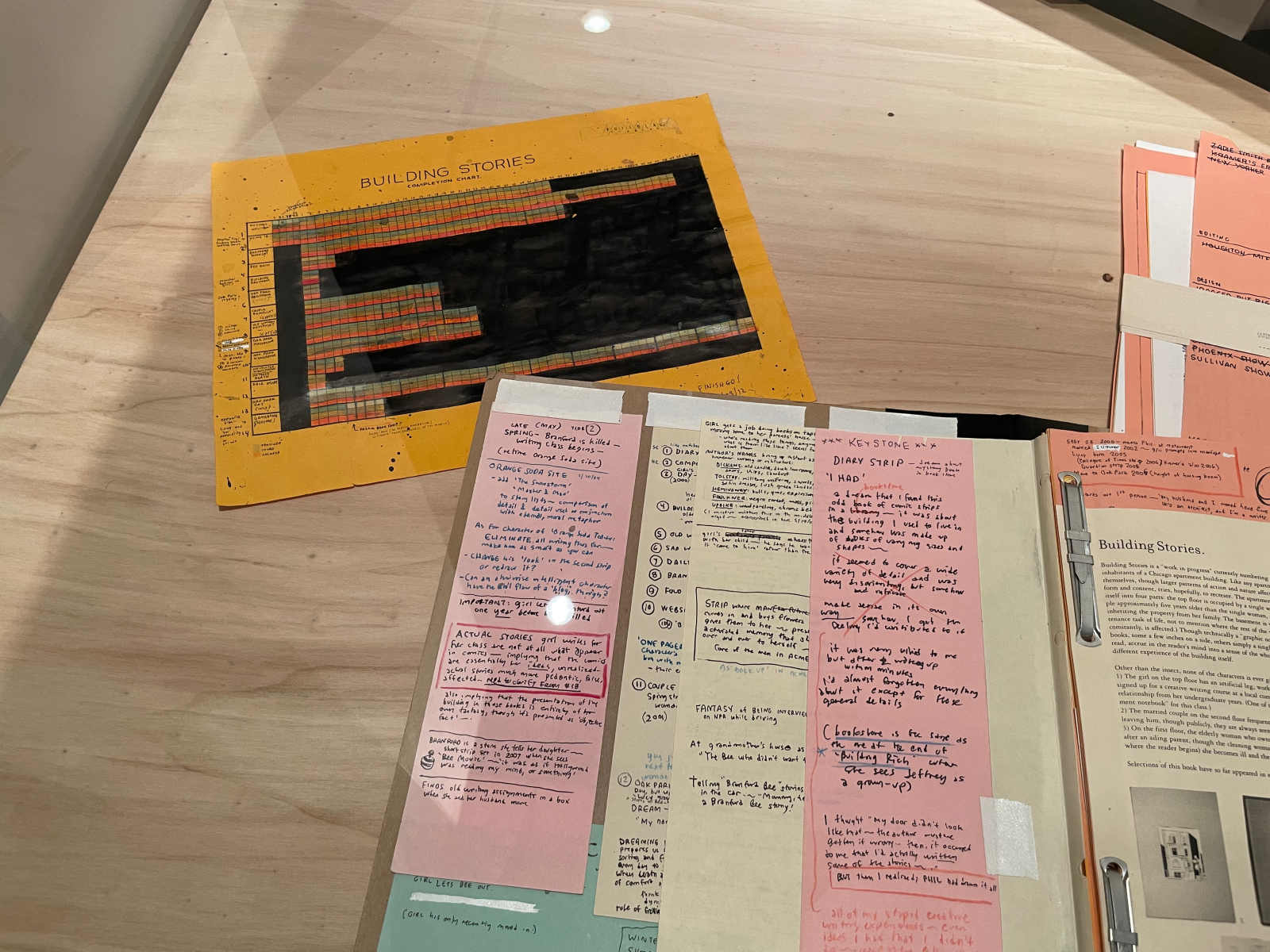
* * *
